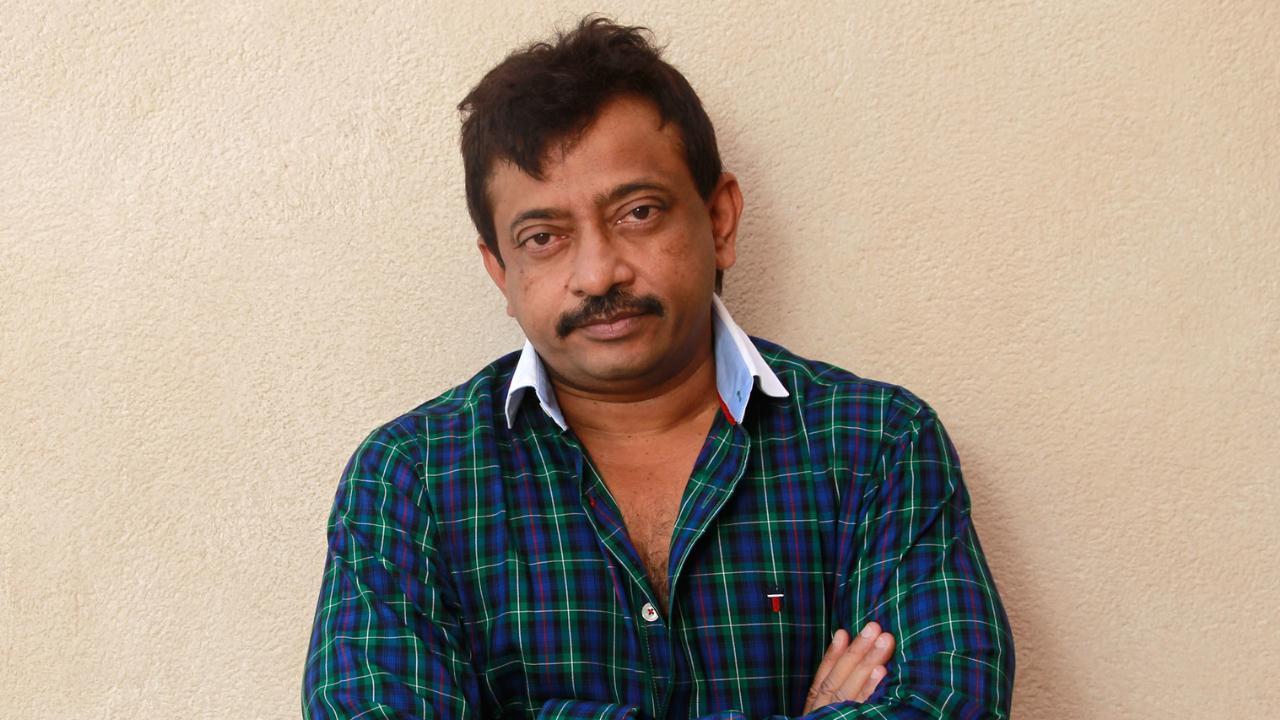
The recent concert by the Akkarai Sisters, S. Subhalakshmi and S Sornalatha, proved to be a display of technical dexterity entwined with moments that yearned for a touch more of melodic sensitivity. Renowned for their musical prowess, the siblings embarked on an auditory journey that, while showcasing their command over robust tempos and power, somewhat sidestepped the tranquil essence typically associated with classical renderings.
Opening with ‘Seethamma mayamma’ in the raga Vasantha, a composition of Tyagaraja, the sisters imbued the piece with intricate details that the raga demands. However, the ensuing swara section cast a shadow on the finesse of the madhyamakala kriti, as they pressed forward, perhaps at the mridangist’s cue, into a hurried and less nuanced delivery. This pace and power foregrounded, while the crave for leisureliness in musicality took a backseat.
Continuing the recital, a succinct exploration of the raga Arabhi preceded their interpretation of the Tirupaavai, ‘Ongi ulagalanda,’ lending a substantive quality to the evening’s proceedings. The mosaic of music further expanded with the serene strains of Sriranjani raga, as both Sornalatha and the violinist Kamalakiran conjured soothing melodies, briefly returning the focus to mellifluous creativity. Yet again, the choice of speed over sobriety seemed to diminish the potential allure of ‘Bhuvini dasudane,’ another piece of the night, as it sped along without the chance to breathe and resonate deeply with the audience.
An original composition by Sornalatha, ‘Karunakari devi kamakshi,’ in the raga Sumanesa Ranjani, created an ephemeral devotional ambience – a fleeting interlude from the concert’s pressing pace. It was the raga Subha Pantuvarali, at the heart of the concert, that highlighted Subbulakshmi’s flair for ornate alapana. Her exploration brimmed with aesthetic sancharas, with Kamalakiran’s violin echoing a mature grasp of the piece in a notably shorter yet poignant interpretation.
Tyagaraja’s ‘Ennalu urake’ in Misra Chapu aligned well with the sisters’ predisposition towards brisk tempos, as it offered them the canvas to playfully maneuver through the oscillations of low and high notes. The niraval at ‘sati matalada’ was artfully executed, matching the rhythm and literariness of the song. Swara singing, a staple in their concerts, saw the Akkarai Sisters unveil an array of first kalam swaras that Kamalakiran mirrored with equal artistry. However, their subsequent acceleration to a second-speed climax was yet another echo of the concert’s persistent pace.
The finesse of Kamalakiran’s raga alapanas throughout the performance was undeniable, as was his sense of laya (rhythm), which he demonstrated with vigor whenever challenged. Joining him in the rhythm section, Patri on the mridangam and Krishna Sairam on the ghatam added lively touches but occasionally overstepped with ‘mel kala’ strokes where restraint was perhaps more fitting.
Throughout the evening, the Akkarai Sisters exposed their vast range of improvisational (manodharma) skills and an intuitive musicality. They boast an impressive vocal range, especially in the lower registers. Yet, a small decrease in pitch (sruthi) might alleviate occasional strains at higher octaves and offer their robust sound a warmer patina. Amidst their evident capabilities, they stand at a crossroads of musical identity, contemplating the unique flavor they wish to be recognized for in the realm of classical music.
In a landscape dotted with famous duos, one cannot help but wonder whether the Akkarai Sisters are charting a course that is distinctly their own or inadvertently mirroring the paths etched by others. As they continue to evolve, embracing a style that truly showcases their individuality will undoubtedly garner them accolades that resonate through the corridors of classical music for years to come.










